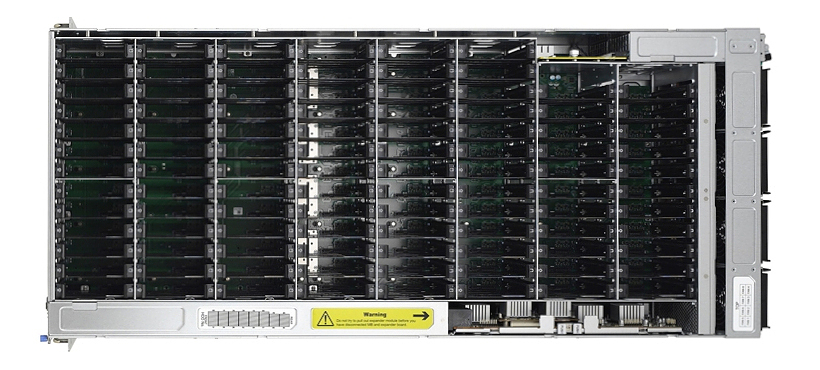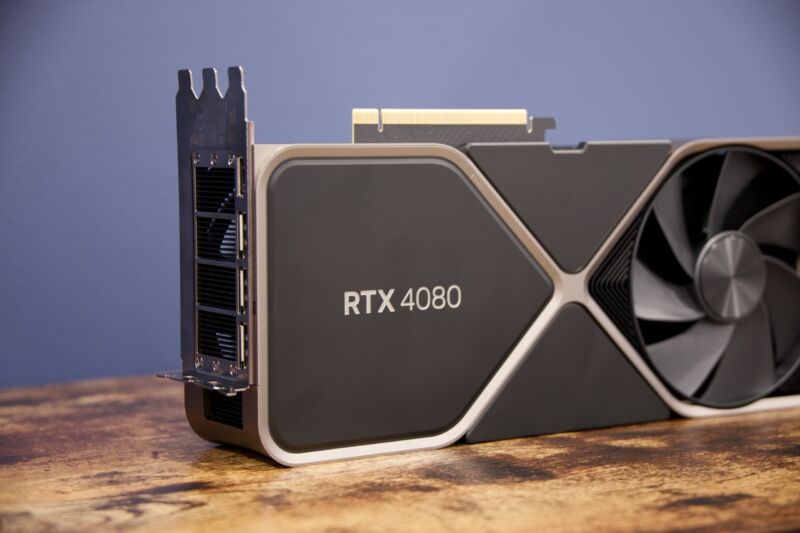-
Sl
chevron_right
Contact publication
pubsub.blastersklan.com / slashdot · 7 days ago - 18:28 edit · 1 minute
1,000 petabytes. A million terabytes. One quintillion bytes (or 1,000,000,000,000,000,000). That's the amount of storage reported by users of the Ceph storage solution (across more than 3,000 Ceph clusters). The Ceph Foundation is a "directed fund" of the Linux Foundation, providing a neutral home for Ceph, "the most popular open source storage solution for modern data storage challenges" (offering an architecture that's "highly scalable, resilient, and flexible"). It's a software-defined storage platform, providing object storage, block storage, and file storage built on a common distributed cluster foundation. And Friday they announced the release of Ceph Squid, "which comes with several performance and space efficiency features along with enhanced protocol support." Ceph has solidified its position as the cornerstone of open source data storage. The release of Ceph Squid represents a significant milestone toward providing scalable, reliable, and flexible storage solutions that meet the ever-evolving demands of digital data storage. Features of Ceph Squid include improvements to BlueStore [a storage back end specifically designed for managing data on disk for Ceph Object Storage Daemon workloads] to reduce latency and CPU requirements for snapshot intensive workloads. BlueStore now uses RocksDB compression by default for increased average performance and reduced space usage. [And the next-generation Crimson OSD also has improvements in stability and read performance, and "now supports scrub, partial recovery and osdmap trimming."] Ceph continues to drive the future of storage, and welcomes developers, partners, and technology enthusiasts to get involved. Ceph Squid also brings enhancements for the CRUSH algorithm [which computes storage locations] to support more flexible and cost effective erasure coding configurations.
Read more of this story at Slashdot.
The 'Ceph' Community Now Stores 1,000 Petabytes in Its Open Source Storage Solution




